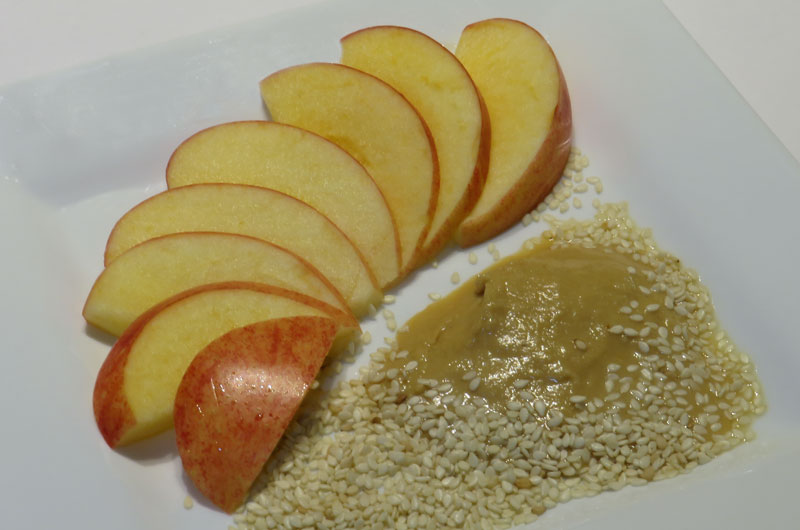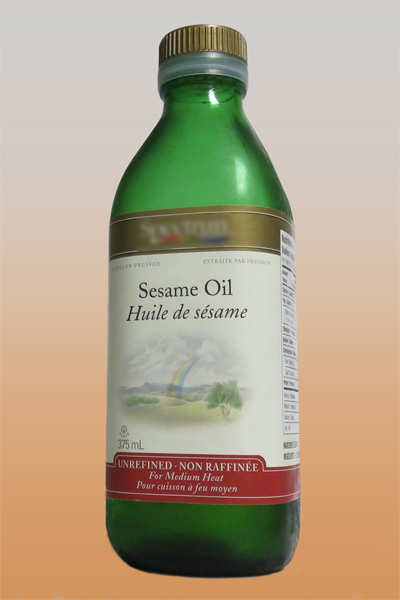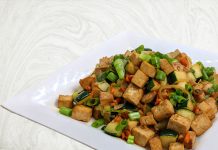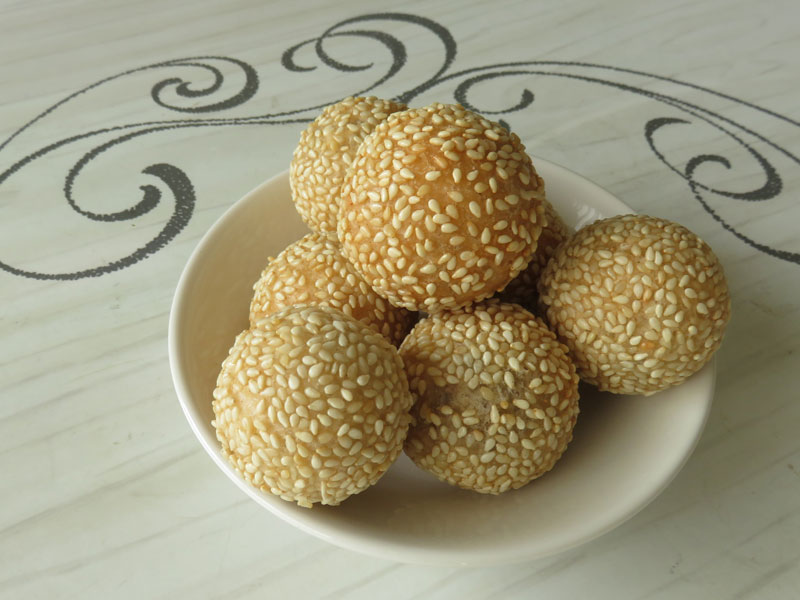Find out how unleashing the power of sesame seeds can do to transform your heart health, prevent osteoporosis and cancer and more…
“Open Sesame”, commanded Ali Baba to the cave door. In the popular fable of One Thousand and One Nights, Ali Baba was stunned when he discovered the treasures the forty thieves had hidden inside the cave. As Open Sesame had unlocked the riches that changed Ali Baba’s life, so can sesame seeds unleash the healing power to transform your health.
Tiny but Nutritionally Intense
The tiny, unassuming seed with its native origin in Africa, India and Indonesia is nutritionally packed with a high content of, calcium, phosphorus, potassium, magnesium, manganese, copper, zinc, vitamins (A, B, E) and dietary fibre. Sesame seeds also serve as an excellent source of antioxidants and polyphenols, including lignans – and they contain about 20% protein.
According to Michael Solomonov and Steven Cook in their book, Zahav: A World of Israeli Cooking, Ethiopia produces the best high-quality sesame seeds.

Farmers cultivated sesame seeds over 3,500 years ago, and the seeds have one of the highest oil contents of any edible seeds. Half of the seed contains fat: 38% monounsaturated and 44% polyunsaturated, total 82% unsaturated fatty acids. Sesamum indicum L., the cultivar originating from India can thrive in drought-tolerant environment- making it a desirable cash crop for poor communities living in harsh terrains.
Farm workers harvest sesame seeds, like peas, from mature pods of an annual flowering plant. They are sold in four varieties, namely: white, brown, red, and black – best known for its nutritional and antioxidant properties. Processors strip the white variety of its hull, which stores most of the calcium, bioactive compounds like phenolics, phytates, and natural antioxidants like sesamin, sesamolin, and sesamol.
Impressive Health Benefits
Egyptians called it sesemt. The Egyptian Ebers papyrus scrolls document the use of sesame seeds as medicine over 35 centuries ago.
Today, people continue to use sesame seed as a vital part of complementary and alternative medicine.
People use its oil as a health stimulant and flavouring agent in Japan, Korea, and many Middle Eastern countries. In Indian Ayurvedic medicine, sesame oil functions to strengthen and detoxify the body. Chinese medicine uses sesame seeds, particularly, the black variety to support kidney and eye health, boost energy and prevent aging. Other benefits:
- Bone, eye and skin health – high calcium in the black variety enhances bone strength, prevent osteoporosis. Vitamin A improves eye health and E enhances the skin vigour.
- Heart health and cancer protection – sesamin and seamolin help reduce cholesterol level and aid in cancer prevention. Magnesium, potassium and calcium prevent and/or lower blood pressure (hypertension).
- Relief and relaxes body – magnesium and calcium present in the seed alleviate stress and relax the body, providing asthma and migraine relief as well as reduce hot flushes, irritability during menopause.
- Nourishes the nervous system – relieve fatigue and insomnia. Experts have ranked sesame seed as number two after chia seeds on the high tryptophan (amino acid) foods list. Tryptophan helps create serotonin which supports healthy sleep and stable mood.
- Hair growth – Chinese medicine states that the black variety can reverse premature hair loss and gray hair.
- Laxative – a constipation and indigestion reliever
- Lactation aid – In Chinese medicine, black sesame seeds are used to improve breast milk supply

Savour Sesame
Rich and nutty in flavour, it is a common cooking ingredient used by many cultures around the world. Toasting enhances the nuttiness of the seed.
Myanmar, India and China are the world’s top three producers. The biggest consumer is Japan. Chefs often use the seeds for garnishing in Japanese cuisine and mix them with other ingredients to make condiments like gomashio and furikake.
Oil extracted from toasted sesame seeds is an essential ingredient in Japanese, Chinese, Korean and Southeast Asian cooking. In fast food, sesame seeds are common toppings on hamburger buns.
The Persians ground the seed into a paste to make tahini (sesame butter). The secret to making delicious tahini is to remove as much water and fibre from the seeds leaving behind pure fat. A well-made tahini becomes creamy, nutty and rich in texture with a hint of delicate sweetness. Roasting the seeds gives the butter its smoky flavour.People make hummus, a delicious Middle Eastern creamy dip, with tahini and chickpeas.
Seed Storage
You should refrigerate tahini upon opening to prevent rancidity. Refrigeration also helps extend the shelf life of sesame oil. Store the seeds in an airtight container and keep them in a cool, dark place. Unhulled seeds last longer.
When purchasing hulled sesame seeds, look for “mechanically hulled” to avoid processors using bleaches and toxic solvents in the de-hulling process.
Medical Take on Sesame
While high in dietary fibre and nutrient-rich, the type of calcium present in unhulled sesame seeds is calcium oxalate (a salt which is formed when oxalic acid combines with calcium), which may be less absorbable by the intestine.
According to Havard Medical School researchers, less absorption by the intestine means there is less oxalic acid for the kidneys to process, hence reducing the risk of developing calcium oxalate kidney stones. A link to the study is available at the end of this article.
Plants usually contain higher oxalate levels in their leaves, roots, stems, or stalks than in their seeds. People on an oxalate-restricted diet should consume sesame seeds cautiously. Like nuts and certain foods, sesame seeds may trigger allergic reactions. Consult your medical specialist prior to consuming the seeds.
Links
DASH-Style Diet and 24-Hour Urine Composition
Calcium beyond the bones
Posted: Dec. 02, 2015 | Updated: Jan. 25, 2022









































